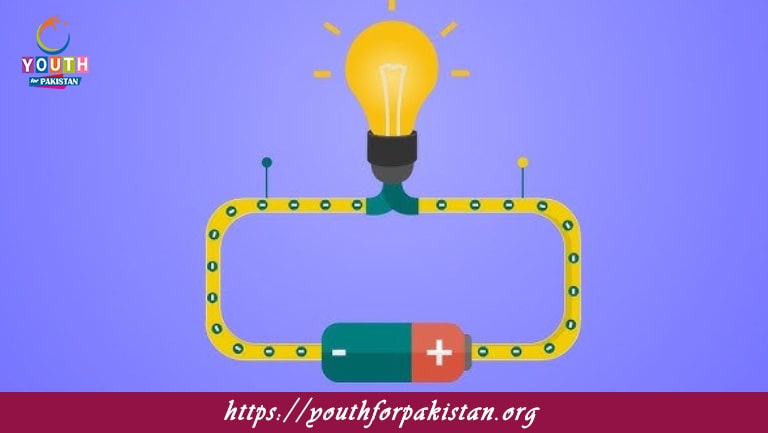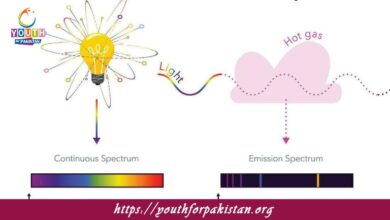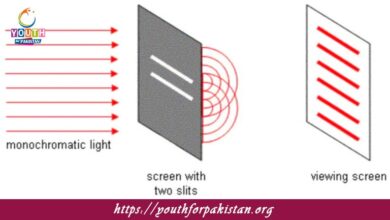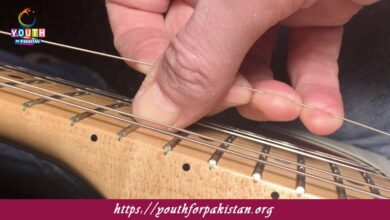Current Electricity MDCAT Quiz with Answers

Current Electricity MDCAT Quiz is one of the most important topics of Physics and an essential part of the MDCAT Syllabus. It deals with the flow of electric charge through a conductor, which is based upon some fundamental principles like Ohm’s Law, resistance, and voltage-current relation. It also includes important concepts like electric power, Kirchhoff’s laws, and the design of electrical circuits, so these are essential points that must be solved for MDCAT students looking to ace physics.
Boost Your Preparation with an MDCAT Quiz
Take an MDCAT Quiz on Current Electricity to test your knowledge and application skills. The quizzes are designed to give a wide range of problems, including calculating current, resistance, and voltage in series and parallel circuits. It also contains conceptual questions to ensure that the concepts are understood fully and are related to the topic, according to the MDCAT syllabus and the latest exam trends.
- Test Name: Current Electricity MDCAT Quiz
- Type: Quiz Test
- Total Questions: 30
- Total Marks: 30
- Time: 30 minutes
Note: Answer of the questions will change randomly each time you start the test, once you are finished, click the View Results button.
Free Flashcards for Efficient Revision
Reinforce your learning with Free Flashcards on Current Electricity. These flashcards focus on important formulas, key definitions, and problem-solving techniques, including finding equivalent resistance and analyzing circuit behavior. Flashcards are a great resource for quick revisions to retain the critical concepts required for the MDCAT exam.
Understanding Current Electricity is critical to solving physics problems related to circuits and power. Master this topic with quizzes and flashcards, and build confidence to gain a competitive edge in your MDCAT preparation!
Experience the real exam environment with our expertly designed collection of over 25,000 MCQs MDCAT Mock Tests.






